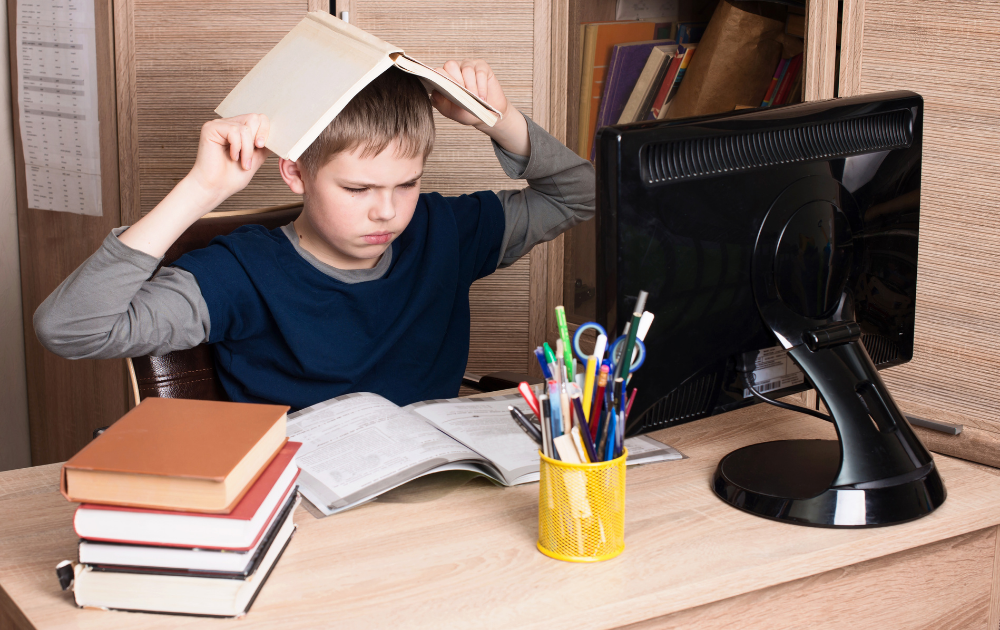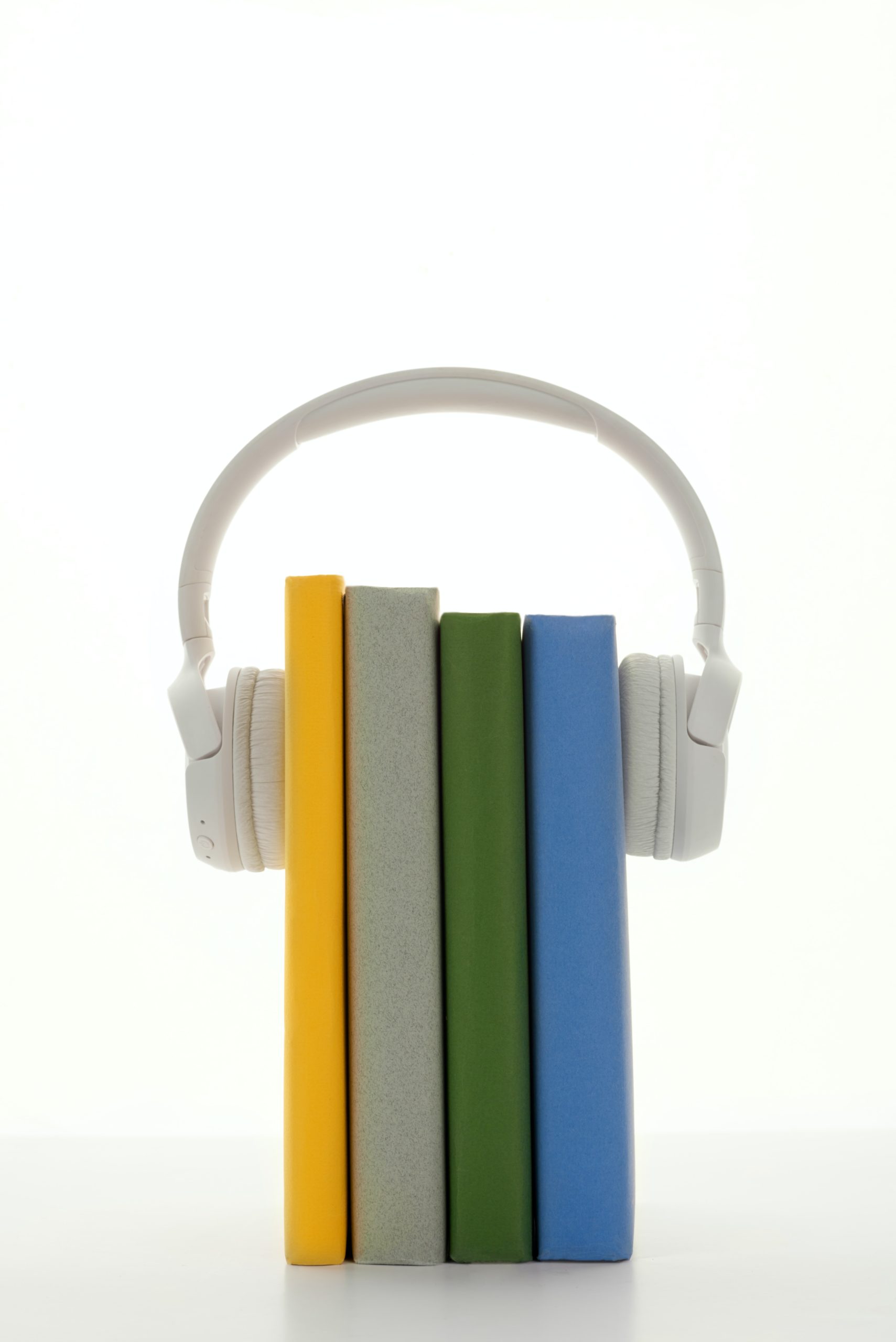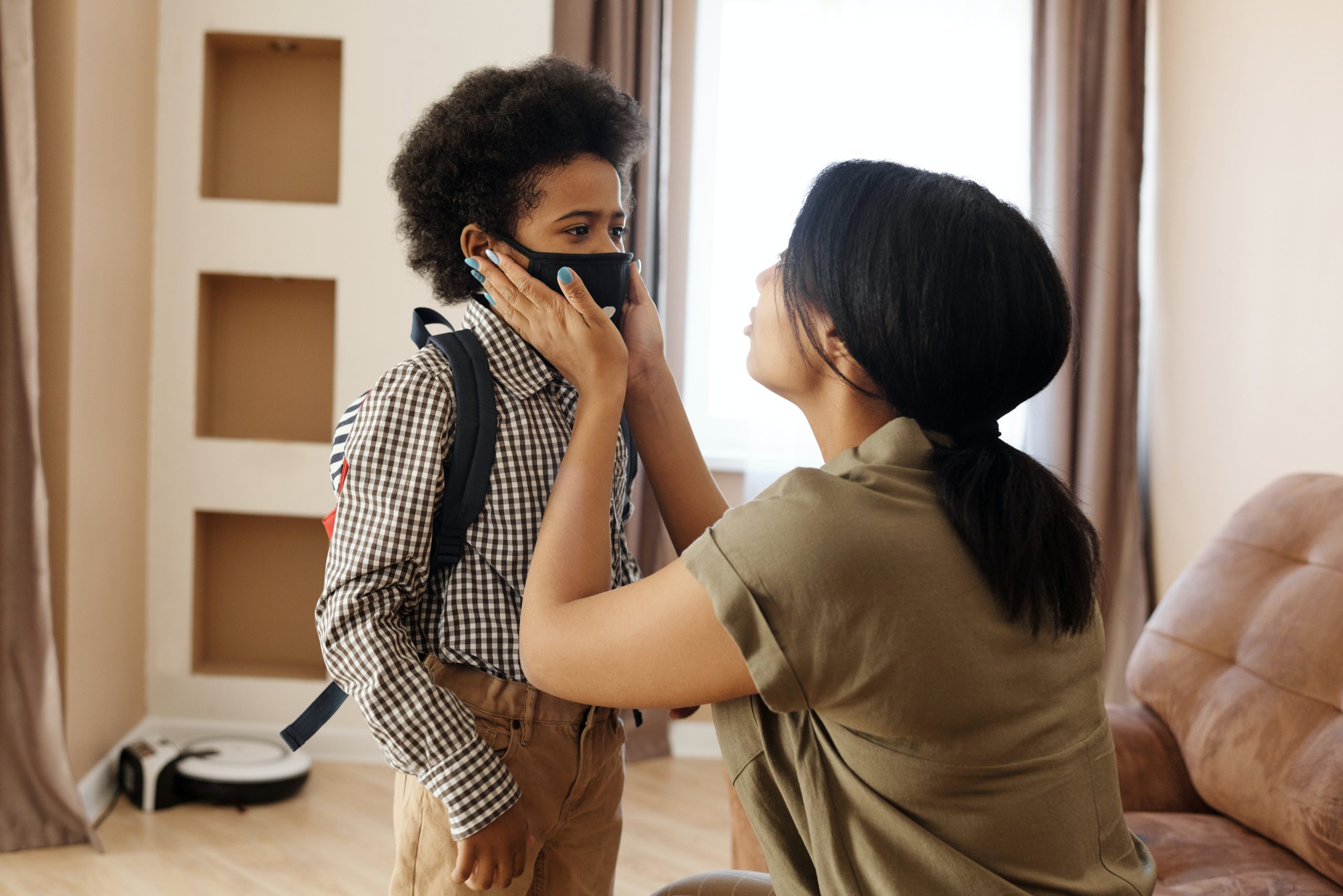
Five Stress Cushions for Children and Teens
All children and teens react to life circumstances in different ways. The key is to recognize if a child or teen is showing new or accelerated reactions needing supports put in place. These supports can be referred to as cushions to stop stress from accelerating into traumatic events. With the recent pandemic, stress is one of the top buzz words.
Some parents report that their child is calmer and doing better since starting school at home during the pandemic and believe their stress would drastically increase if needing to go back. Others report that their child is engaging in new concerning behaviors they have never seen prior to March 2020. There are also families who are seeing an increased level of anxiety their child has previously been suffering with and attribute this due to the loss of a parent’s job, social isolation from peers, or concern over their family members becoming ill and possibly dying.
“Our natural response to scary things is biologically to release stress hormones,” said Dr. Nadine Burke Harris, a pediatrician and surgeon general of the state of California, and the author of “The Deepest Well: Healing the Long-Term Effects of Childhood Adversity.”
The release of stress hormones activates our fight or flight response. Our bodies, in responding with the release of stress hormones, are doing exactly what they should be doing. The video below is helpful for families to watch. It can assist them in better understanding stress and the effect on the mind and body. Gaining knowledge about anxiety is an important first step.
Younger children may show their stress through suddenly experiencing, temper tantrums, bed-wetting, or separation anxiety. Teens may show their’ s through withdrawing or moodiness. Music has been proven to be an important tool when individuals are experiencing stress. Music therapists use songs and music with children and teens for processing new information and self-expression. When working with a child who is experiencing anxiety the therapist observes the way they play the offered instruments, the instruments they choose, the words they say in relation to the lyrics of the song, or the tempo or volume they play. When working with a teen the therapist is watching body language, song lyrics they write or gravitate to, and the style and mood of the music they request. Songs can be written using the child or teens suggested words to create a shared experience between the therapist and client. Bringing the family or a chosen family member into this experience is another way to allow the parent to better understand how their child is feeling.
In some cases, stressful events can leave a child or teen feeling traumatized, but this can be mitigated with the hope of preventing increased levels of stress and potential trauma.
* Watch closely for new behaviors or intensity in behaviors. Write them down and speak with a professional to gain insight.
* Recognize that a child that was not at risk for coping with stress may now show signs and that children who were already at risk and have lost the supports will need to be watched carefully and new supports put in place.
* Do not assume that your child or teen is struggling with the changes, as not all will. Keep an open dialogue and be cautious to limit your conversation about your own personal feelings in the earshot of your child. Create the time and space where you can work through the challenges you are experiencing with another adult or trained listener.
* Create cushions between your child and the stress.
Below are 5 cushion strategies:
1) Teach your child that they can be a helper in situations, which creates a feeling of empowerment when otherwise feeling helpless.
2) Brainstorm creative ways to socialize with others through technology and outdoor spaces.
3) Provide a structured routine with flexibility for change as needed. Children crave routine. In addition, it is a wonderful practice to model how to go with the flow when a planned activity suddenly needs to change.
4) Engage in exercise. Physical activity can reduce anxiety and depression, improve mood, boost self-esteem, minimize stress, and enhance cognitive functioning. Find fun ways to get their bodies moving.
5) Contact a Music Therapist for consultation or services to create a cushion using music to reduce stress and create a non-threatening avenue for self-expression.




